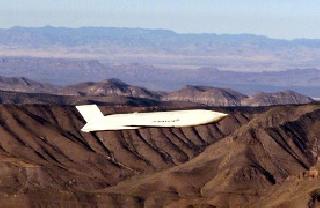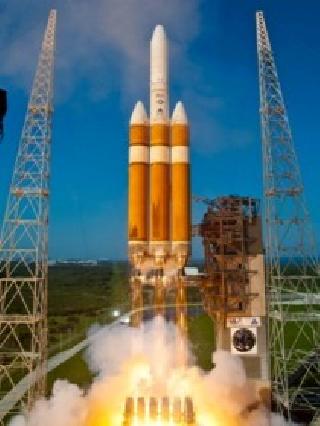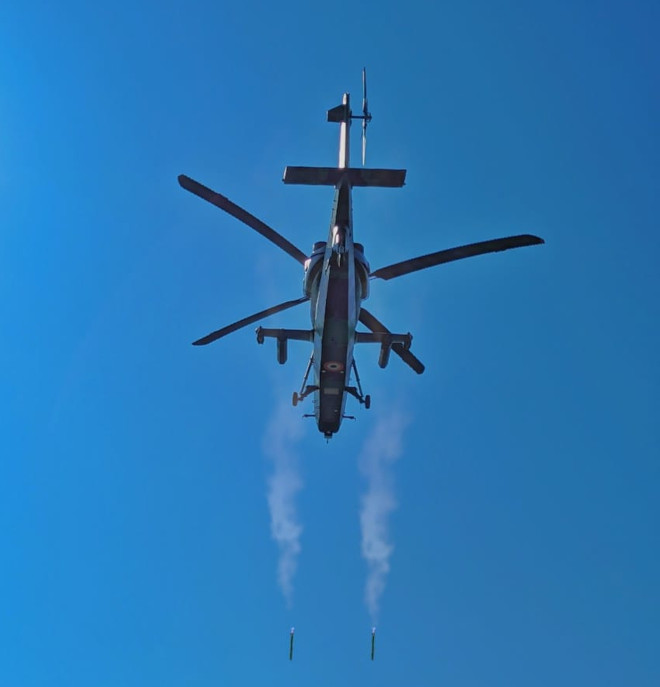
The Joint Air-to-Surface Standoff Missile. A Lockheed photo
ORLANDO (BNS): The US Air Force has awarded a contract worth $241.6 million to Lockheed Martin for Lot 10 production of the Joint Air-to-Surface Standoff Missile (JASSM) and its Extended Range (ER) variant.
Under the contract, the company will supply 191 baseline missiles, 30 ER missiles, test instrumentation kits and systems engineering support.
While this is the tenth production lot for the JASSM baseline missile, it is only the second lot for JASSM-ER. In January 2011, JASSM-ER was authorised for Low Rate Initial Production (LRIP) following an impressive integration test flights in which the new missile variant went 10 of 11 against a variety of targets and mission objectives.
JASSM-ER LRIP missile production will begin in third quarter 2012, Lockheed said.
The latest contract follows several recent JASSM programme milestones including certification of JASSM on the Royal Australian Air Force F/A-18 fighters in January this year and successful integration on the US Air Force F-15E fighters, the missile manufacturer said.
The JASSM is an autonomous, long-range, conventional, air-to-ground, precision standoff cruise missile. It is designed to destroy high-value, well-defended, fixed and relocatable targets. The weapon uses a state-of-the-art infrared seeker and anti-jam GPS to focus on its target.
The JASSM flies at subsonic speed and carries 450 kg penetrator/blast fragmentation warhead. It has been test launched from numerous platforms including the B-1, B-2 and B-52 bombers, and F-16 fighter jets. Its future platform includes the F-35 Joint Strike Fighter aircraft.
The JASSM-ER is an upgraded version of the JASSM system and is more than two-and-a-half times the range of its predecessor.
The US Air Force plans to acquire 4,900 JASSMs and its longer range JASSM-ER.
 Previous Article
Previous Article Next Article
Next Article












The Indian Air Force, in its flight trials evaluation report submitted before the Defence Ministry l..
view articleAn insight into the Medium Multi-Role Combat Aircraft competition...
view articleSky enthusiasts can now spot the International Space Station (ISS) commanded by Indian-American astr..
view article